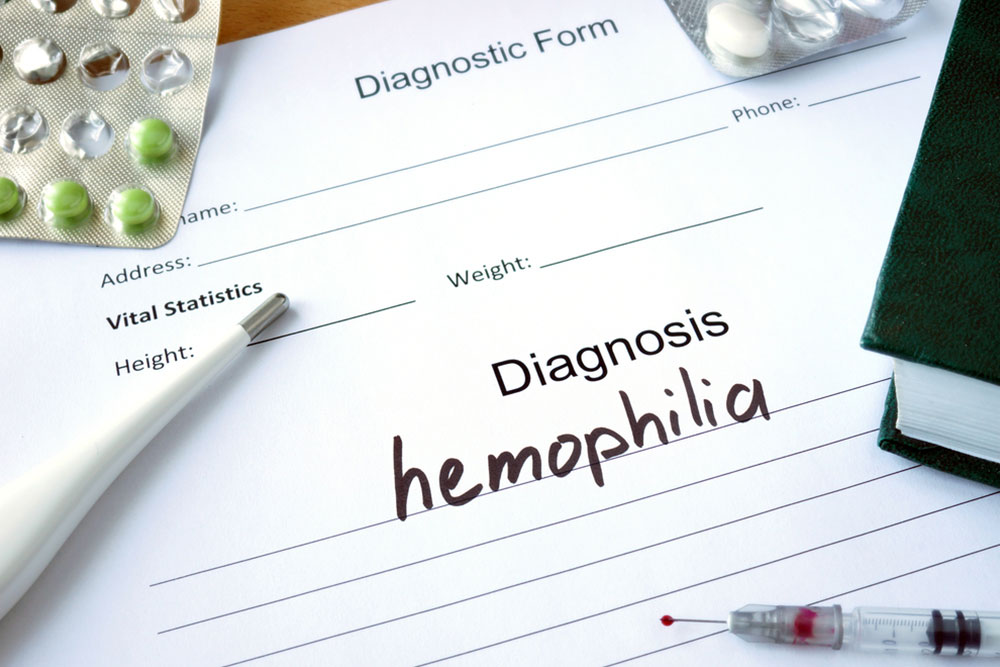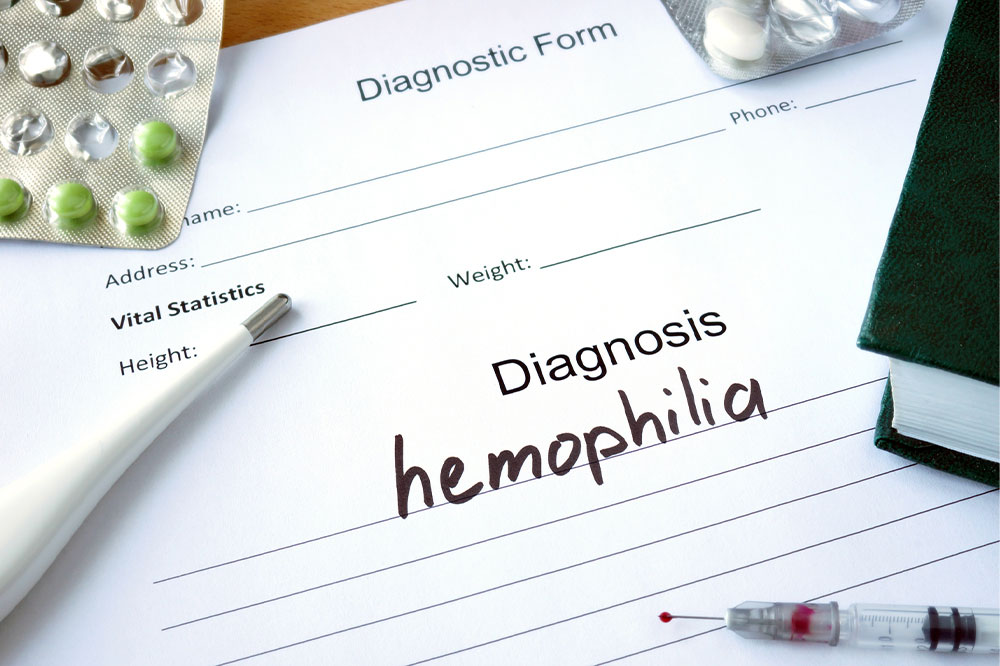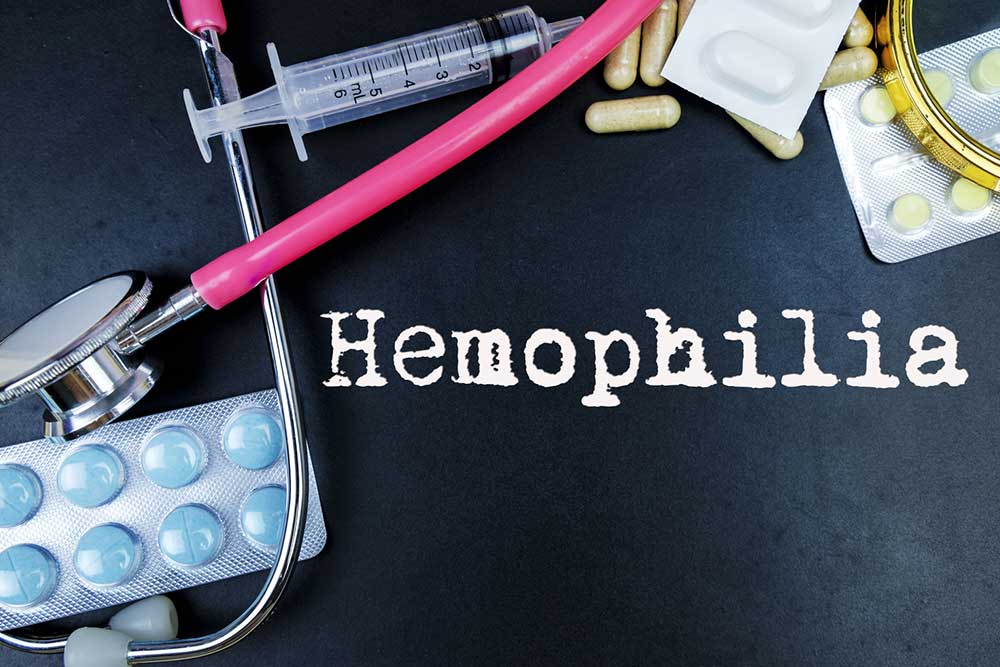Understanding Hemophilia: Early Symptoms and Management Strategies
Hemophilia is a genetic disorder affecting blood clotting, with symptoms ranging from easy bruising to severe bleeding, including rare brain hemorrhages. Treatment primarily involves clotting factor replacement, with options tailored to severity. Early diagnosis and professional medical care are vital for effective management and preventing complications.

Understanding Hemophilia: Early Symptoms and Management Strategies
Hemophilia is a genetic bleeding disorder characterized by the body's inability to produce enough clotting proteins, leading to difficulty in blood clotting. While minor cuts may pose little issue, severe injuries can be life-threatening due to excessive bleeding. Symptoms vary based on the severity and clotting factor levels, including frequent large bruises, prolonged bleeding after injuries or procedures, and joint pain. In rare cases, bleeding in the brain can occur, causing serious complications such as headaches, vision issues, and neurological symptoms. Prompt medical attention is crucial for serious signs like seizures or persistent vomiting.
Management methods involve replacing missing clotting factors through injections, which can often be administered at home. Treatment options include plasma-derived or recombinant clotting factors. Long-term use might lead to inhibitor development, reducing effectiveness. Other therapies like HEMLIBRA® help decrease bleeding episodes, while DDAVP® and Stimate® are suitable for mild cases. Antifibrinolytic drugs like Amicar® stabilize clots. Proper diagnosis and personalized treatment plans are essential, based on the condition's severity.
Important note: Always consult healthcare professionals for diagnosis and tailored treatment. Self-medication or ignoring symptoms can lead to severe health issues. Reliable medical advice is key to managing hemophilia effectively.










